Have you ever seen the beauty of an authentic hand-knotted Indian rug? There is nothing more luxurious and unique. As you decorate your home, you might want to incorporate the design of an Indian rug. But, you should know that doing so is an investment.
The terms hand-woven, hand-knotted, hand-tufted, Persian rug, Indian rug, and ethically sourced can leave you with questions. Is an authentic rug worth it? How are rugs made in India?
Every rug is a labor of love and carries the weight of culture and history. The quality of an authentic Persian rug is unbeatable. And, there is no better time to invest in a rug for your home.
In This Article We'll Discuss
How Are Rugs Made in India?
In India, handmade rugs were a way for farmers to earn extra income. Whole families would weave and sell rugs out of their home, and it would sometimes take years to create a single rug.
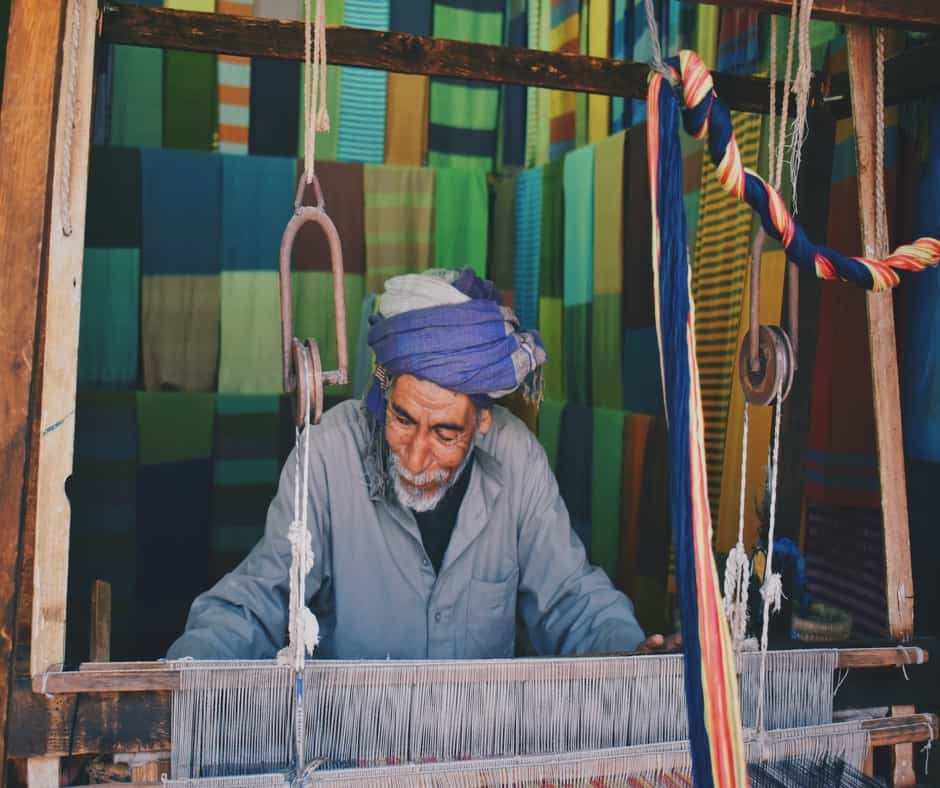
Today, it is still common for families to weave rugs. But, there are also rug companies now who provide safe working conditions, fair wages, and steady work.
The Process
- A loom the size of the rug is used for weaving and it can be upright or on the ground. Upright looms are more popular today because they are easier on the weaver’s body.
- A bed of material called warp gets installed into the loom. Starting at the bottom, weavers feed the wool or silk between the warp tying knots, called wefts, on each one. Each rug can have over 1000 knots per square inch.
- Designs are traditionally improvised.
- Finally, the completed rug gets detailed. Artisans burn the underside to get rid of extra fluff, then brush, wash, and scrape the rug. They finish the rug with specialty scissors that cut away any excess fabric. Finally, the design looks crisp.
Each rug goes through many sets of hands and can take years and even decades to produce.
What Are Indian Rugs Made From?
Indian hand-knotted rugs are weaved with fine wool and silks. Traditionally, rug makers use sheep’s wool and less commonly camel’s wool. Both are boiled and spun to various qualities.
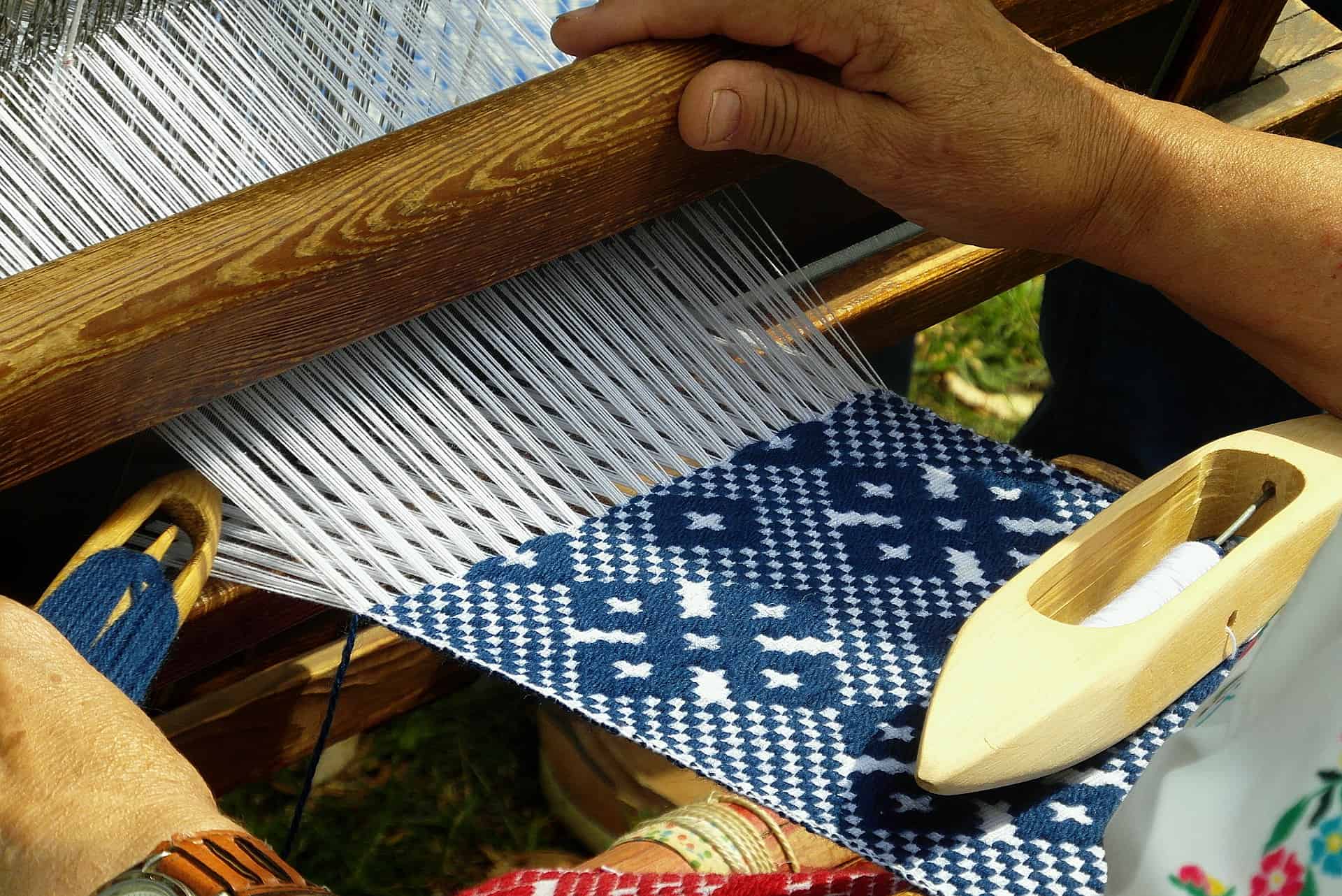
All wools and silks are hand dyed with dye derived from the natural colors of plants and insects. The materials are hand spun, woven, knotted, burned, brushed, and detailed. Each rug goes through the hands of several people, each with a unique step in the process.
Are Persian Rugs Made in India?
Traditionally, Persian rugs are associated with Iran where hand-knotted rugs originated over 2500 years ago during the Persian Empire.
Today, the legacy of Persian rugs reaches beyond Iran to other countries. “Persian rugs” became the blanket term for hand-knotted rugs from anywhere the Persian Empire once reigned, including Turkey and India.
What Is an Indian Rug Called?
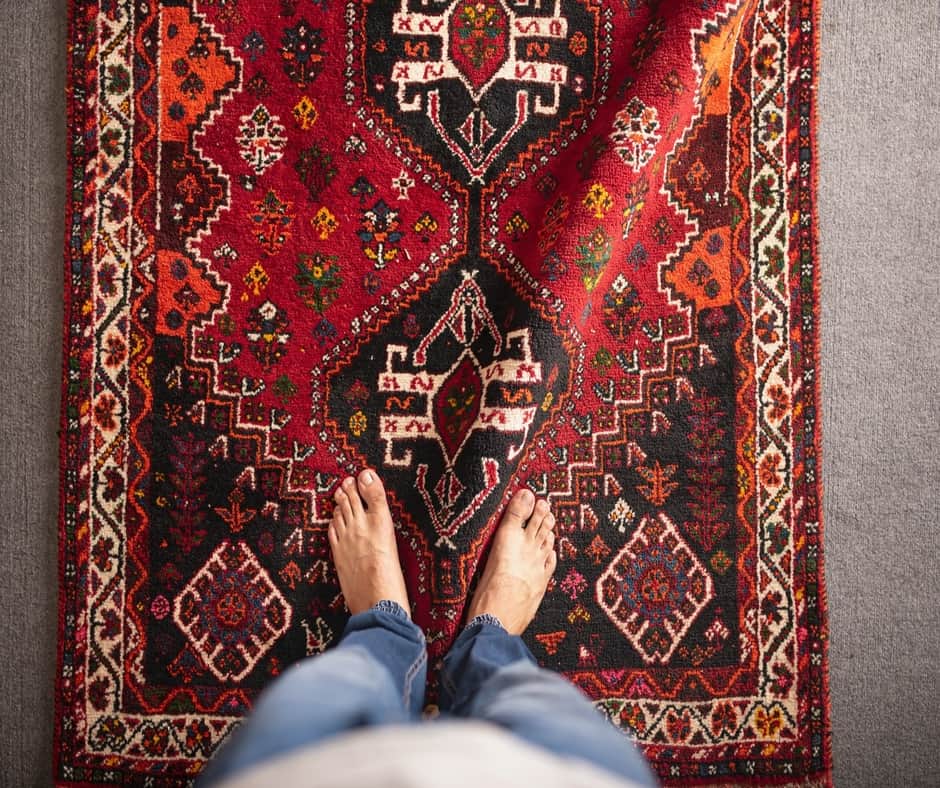
An Indian rug goes by many names— Persian rug, hand-woven rug, hand-knotted rug, and hand-tied rug. People use these terms to describe the same process and style.
Any of these terms convey the work and quality of hand-tied rugs from India. However, there are slight differences between hand-made/hand-woven and hand-knotted/hand-tied.
What Are Indian Hand Knotted Rugs?
Hand-knotted/tied Indian rugs are the highest quality. They refer to the specific process of weaving with a loom where every weave requires a knot. A hand-knotted rug will have a crisp pattern and they are highly durable.
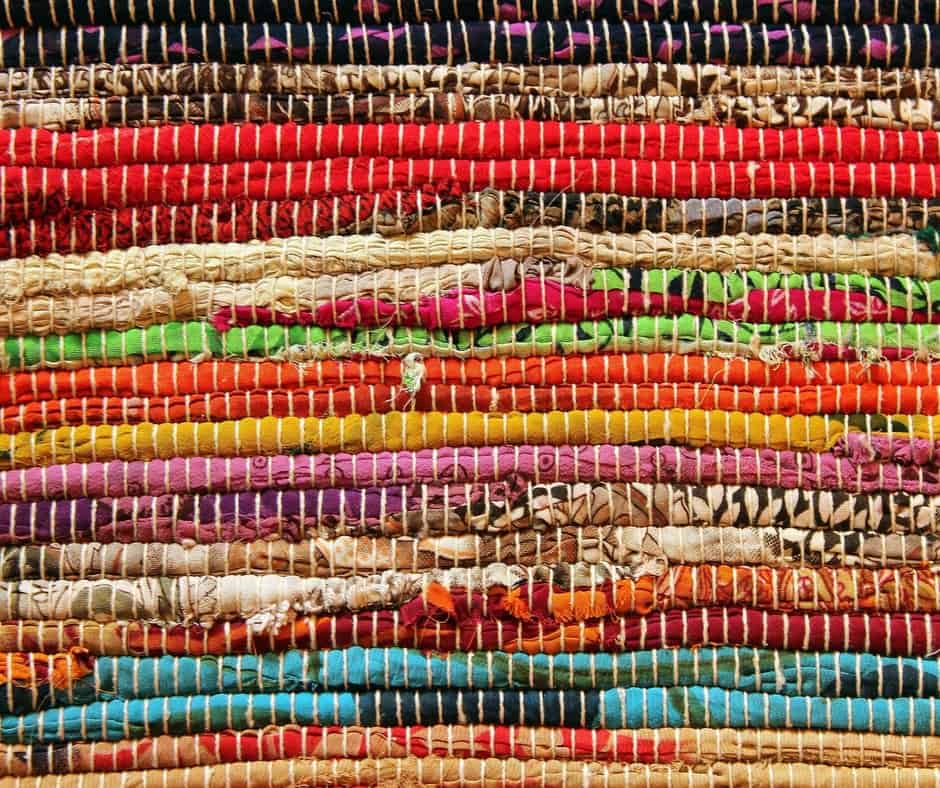
Be on the look out for expensive Indian rugs advertised as “hand-made” or “hand-woven” as these can be deceitful. They may have been made using tufting or hooking rather than knotting.
Hand-tufted and hooked rugs are made with a canvas and a small handheld instrument that punches wool through the canvas. There are not as many knots in this style and the process only takes about ten percent of the time as a hand-knotted rug. The end result is a less durable and less crisp-looking rug.
You can distinguish the difference by looking at the underside of a rug. On a hand-knotted Indian rug, the underside is the same pattern and texture with slight variation in color. On a tufted or hooked rug, someone will have glued a strip of fabric to the back of the rug to hide the craftsmanship.
What Are the Best Materials for a Rug Made in India?
You can get different grades of wool and silk. Kashmir is wool that is spun very finely and, therefore, is extremely soft. Camel wool is a specialty wool that is produced in Mongolia. So, it is less common but more expensive.
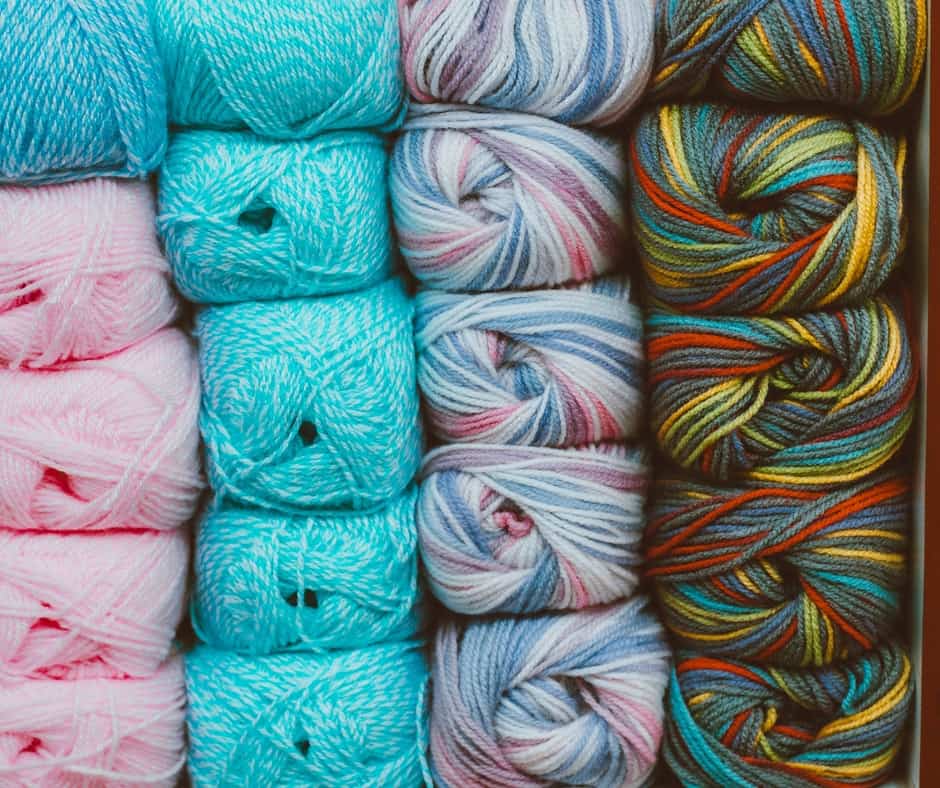
Wool is great for homeowners who want something cozy, traditional, and durable. The downside to wool is that it can stain light colors easily and is prone to fuzzing.
Silks rugs are great for homeowners who want a piece of art. Silk rugs are made with more knots per square inch, so the design is more intricate and bright. The downside is that silk rugs are less durable and more expensive. But, they are great for low traffic areas.
Are Rugs Made in India Good Quality?
Hand-knotted rugs from India are a labor of love, art, history, and culture. They are sourced from quality material and dyes. Also, they last for years and even decades. Rugs made in India are a great family heirloom piece.
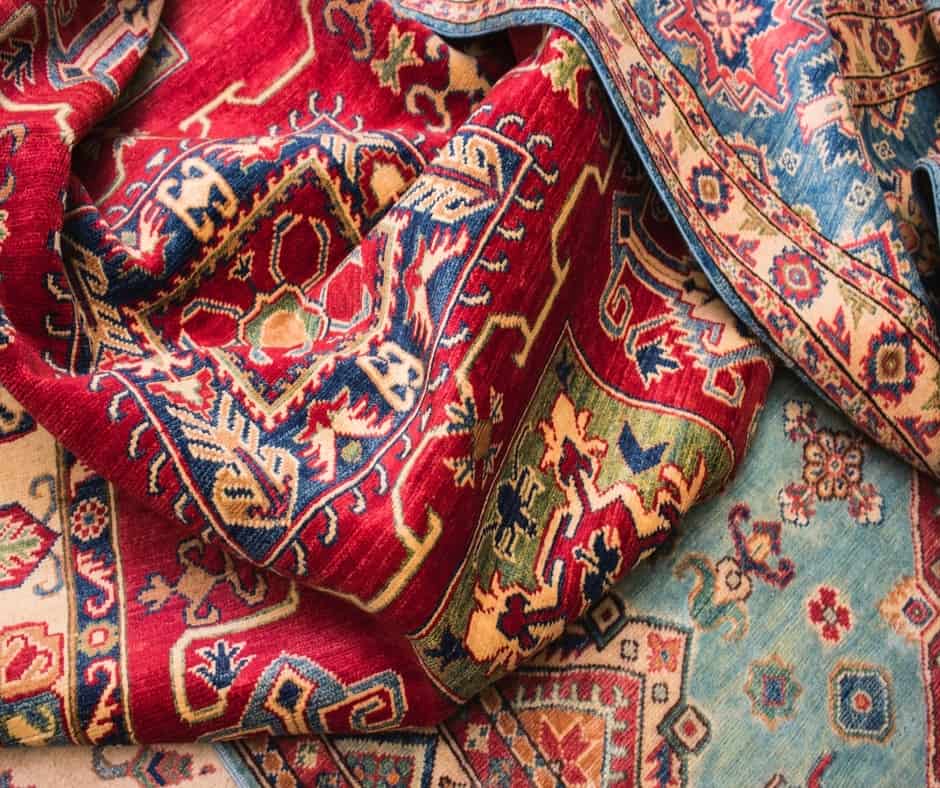
A cheaper counterfeit rug may look pretty for a short time, but does not carry the same connection to Indian culture. And, it won’t last as long as traditional hand-knotted Indian rugs.
Rugs made in India are good quality as long as you buy them from somewhere reputable.
Are Indian Rugs Expensive?
The value of Indian rugs will depend on the materials, design, and size. Initially, the cost can be a shock. An average 2′ x 3′ rug from a reputable seller is anywhere from $100-300.
A larger rug that’s 8′ x 11′ will range anywhere from $2000-5000. The most expensive Persian rug was sold for 33 million dollars.
While those prices may be overwhelming, you have to consider the time, labor, resources, and quality of a hand-knotted rug. A hand-woven Indian rug is going to be much better and carry much more value than a rug you find at the store. They are inherently more expensive, but so worth it.
What Are the Pros and Cons of Rugs Made in India?
Ethics
The biggest con with hand-woven rugs is that the artisans make very little profit from their hard work. You can easily spend thousands of dollars on a hand-woven rug that doesn’t support the weavers who made it. So, it’s important to find reputable companies.
Cost
Indian rugs are expensive and, for many homeowners, spending thousands of dollars on a rug can be considered frivolous.
Pros
There are great companies, like Ikea, who provide stable incomes and proper working conditions for weavers. This is a great solution for both ethics and cost.
A hand-knotted Indian rug is a beautiful way to support a family and celebrate culture in your home. A quality hand-made rug from India will last a lifetime and never go out of style.
Conclusion
Hand-knotted Indian rugs are a great way to support the economy of small families and villages. Indian rugs carry the value and tradition of thousands of years of history and culture. They will last a lifetime when it comes to quality and style.
While they will definitely be an investment, you’ll be able to cherish the piece for decades. It will add color and uniqueness to your space, and you’ll know that it’s a one-of-a-kind rug.

